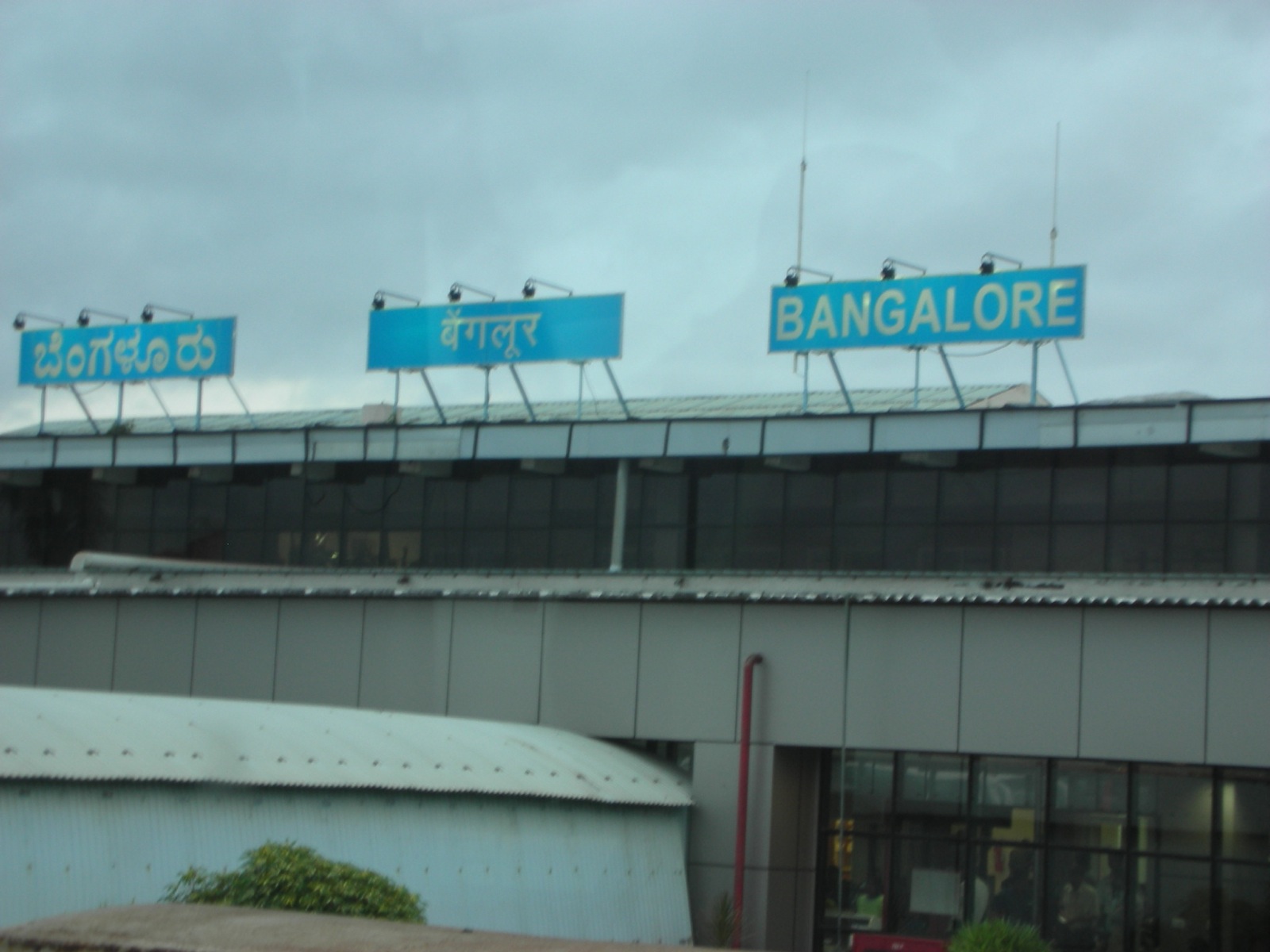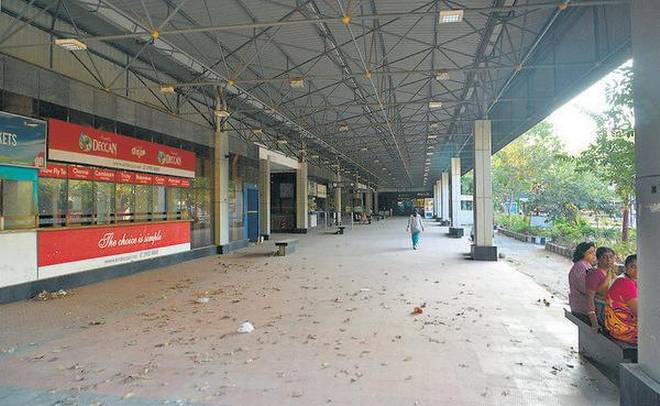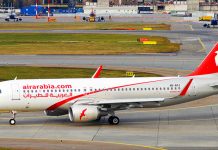Why Bengaluru’s HAL Airport May Not Reopen?
Reaching the Bengaluru International Airport and reaching Bengaluru city are two different things. Located more than 40km north of Bengaluru’s city centre, getting to the Kempegowda International Airport in Devanahalli, through the traffic jams, is not pleasant to say the least.
This is one of the reasons why there is a growing demand for reopening the HAL airport – located within the city – which was the hub of Bengaluru’s international and domestic air travel a decade ago.

For past few years, the central and state governments have been in talks with the Bengaluru International Airport Limited (BIAL), the operators of the Kempegowda International Airport (KIA), to reopen the HAL airport for domestic flights.
Despite the hue and cry from the public, the proposal is yet to move forward. So here is why authorities aren’t reopening the HAL airport.
Why was HAL Airport Shut in the First Place?
From 1980 to 2008, the HAL airport was operated by the Airports Authority of India (AAI). All the international and domestic air services in and out of Bengaluru were carried out from this airport, located less than 10km from the city centre.
But when the IT boom changed Bengaluru, passenger count at the HAL airport increased. The limited facilities at the airport were stretched to match the increasing demand, but they fell short.
Between 2006 and 2007, the HAL airport received 82 lakh passengers per annum, which was well beyond its capacity of 36 lakhs passengers.

As the airport was in the city, there was no room for expanding the airport terminal and tarmac, which could hold only 6 aircraft at a time.
After years of planning, in 2008, all the commercial airline operations in Bengaluru were shifted to the newly built Kempegowda International Airport in Devanahalli, spread over 4,000 acres.
Currently, KIA is the third busiest airport in the country, after Delhi and Mumbai’s airports. Over the past ten years, the air traffic in city has moved from 82 lakhs to 2.5 crores passengers per annum.
HAL Airport : HAL Airport (ICAO: VOBG), also known as Hindustan Airport, is an airport located in Bangalore, Karnataka, India. Due to its location in the heart of the city, it is the preferred destination for general and business aviation. The airport is also used as a testing facility by Hindustan Aeronautics Limited and the Indian Armed Forces. It served as the city’s domestic and international airport until 24 May 2008, when it was replaced by the new Kempegowda International Airport in Devanahalli. There have since been repeated attempts to restart commercial service at the airport.

The airport was constructed in 1940 by Walchand Hirachand, founder of Hindustan Aircraft Company (now Hindustan Aeronautics Limited), as an aircraft manufacturing centre. Two years later, the airport was requisitioned by the British for use by the Royal Air Force in order to protect India from Japan during World War II.
In 1964 the airport was acquired by newly established Hindustan Aeronautics Limited. Commercial flights, initially only domestic, began in 1980.
The first international flights from HAL Airport began in 1997. In September 2001, Lufthansa commenced flights between Frankfurt and Bangalore, marking the airport’s first nonstop link to Europe. British Airways and Air France followed in October 2005 with flights to London and Paris, respectively.
HAL Airport has one runway, 09/27, with a length of 3,307 metres (10,850 ft). There are 4 entry/exit taxiways, 2 on the east side named E2 (perimeter) and E1. Similarly there are 2 taxiways on the west side – W2 (perimeter) and W1. In addition, there are six aprons.



















